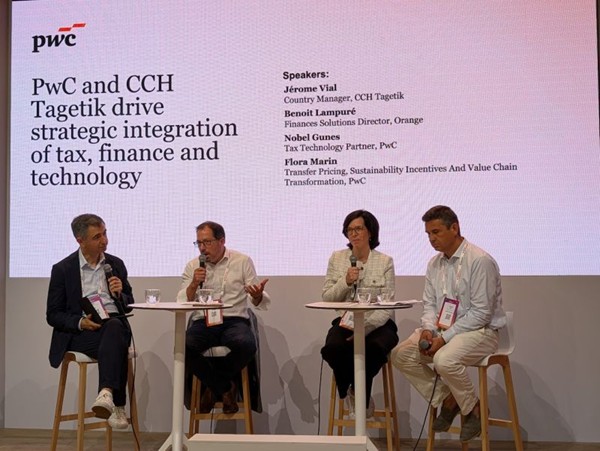People often think revolutions burst into existence overnight. My experience says otherwise. Most revolutions are quiet transformations that accumulate until they become undeniable. I’ve watched this happen in AI, observing its gradual progression from Deep Learning to Large Language Models (LLMs), and now to Large Action Models (LAMs). But what’s the real difference here? And why should we even care?
Deep Learning kicked off the AI renaissance. I remember when it first took off. AI moved away from rigid, pre-programmed scripts and started learning from vast amounts of data. This shift unlocked potential in image recognition, speech interpretation, and even predicting complex outcomes. It was like seeing machines truly start to understand the world. A but creepy at first, but hey. Then Large Language Models arrived, including the now-famous GPT-4 and Bard. These are specialized Deep Learning models designed specifically to handle language. They predict, create, and engage through text, mastering context and nuance in ways and speeds we hadn’t seen before. LLMs changed how I communicate, access information, and even how creativity is automated. They brought AI directly into our daily routines, revolutionizing interactions across the board.
But recently, I’ve felt the limitations of just words. Despite their sophistication, LLMs remain conversational. They talk well, but don’t act. That’s where Large Action Models step in. LAMs extend the capabilities of AI from conversation to action, predicting and managing real-world scenarios. Rather than just producing text, they anticipate situations, strategize effectively, and execute autonomously. If LLMs are great communicators, LAMs are effective operators, actively reshaping reality. This shift matters significantly because it elevates AI from informational to operational intelligence.
Autonomous agents powered by LAMs can independently make decisions, streamlining processes such as supply chain management, cybersecurity defense, and personalized healthcare. Instead of responding passively, these agents identify opportunities and risks proactively, fundamentally altering organizational dynamics. I can clearly envision autonomous agents navigating cities, optimizing traffic, managing intricate financial systems, or stabilizing supply chains amid disruptions. As a matter of fact; it’s happening right now. These agents, driven by LAMs, not only boost efficiency but adapt and thrive in the face of uncertainty far better than previous AI systems.
Yet, with greater power comes greater complexity… and greater risk. This is exactly why Model Context Protocols (MCPs) are essential. MCPs act as oversight hubs, ensuring AI agents stay within ethical and strategic boundaries. Picture them as traffic controllers, guiding AI operations to prevent unintended outcomes and align behaviors with organizational values and regulatory requirements.
Accountability is another critical area MCPs handle. When AI directly influences real-world outcomes, accountability and transparency can’t be an afterthought. MCPs meticulously document, audit, and provide visibility into agent activities. This transparency is vital as AI takes increasingly independent roles. Businesses that grasp this transition from LLM to LAM, supported by strong MCP systems, will secure powerful competitive advantages. They’ll lead the charge into unprecedented operational responsiveness and efficiency.
As I see it, the evolution from words to actions is a strategic necessity. Companies must adapt quickly, aligning their cultures, processes, and governance frameworks to responsibly leverage AI’s emerging capabilities. This isn’t just another incremental update, or boring patch: it’s the defining leap of the coming decade. Standing at this intersection, I see a quiet revolution becoming clear. Those who embrace AI beyond mere conversation and effectively integrate it into decisive actions, guided responsibly by MCPs, will shape the future of every industry.
It’s no longer a question of whether to adapt; it’s about how quickly and responsibly you can make the leap.



